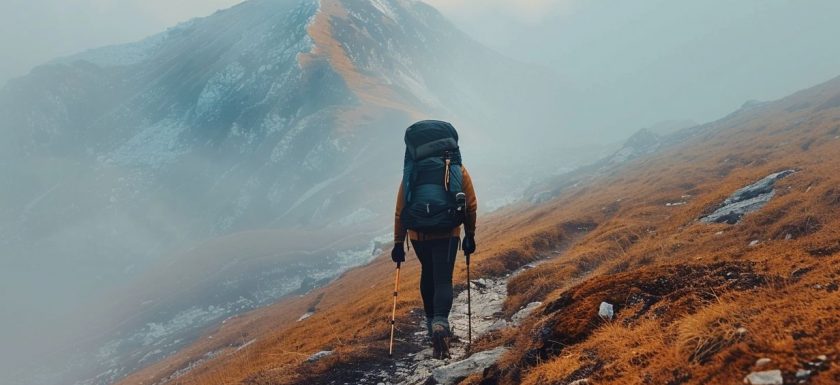
Are you planning to climb Kilimanjaro but unsure about how much weight you should carry?
We will explore the weight limit for climbing Kilimanjaro and the factors that determine it.
We will also discuss what essential items you should pack, the recommended weight limit for porters and how to reduce the weight you carry.
Understanding the impact of weight on your Kilimanjaro experience is crucial, so let’s find the right balance together.
Key Takeaways:
- Keep your pack weight within the recommended limit to prevent overpacking and potential health risks.
- Essential items such as proper clothing and gear should be prioritized over non-essential items to reduce weight.
- Follow tips for packing light and consider alternative options for carrying items to minimize weight and improve your Kilimanjaro experience.
What is the Weight Limit for Climbing Kilimanjaro?
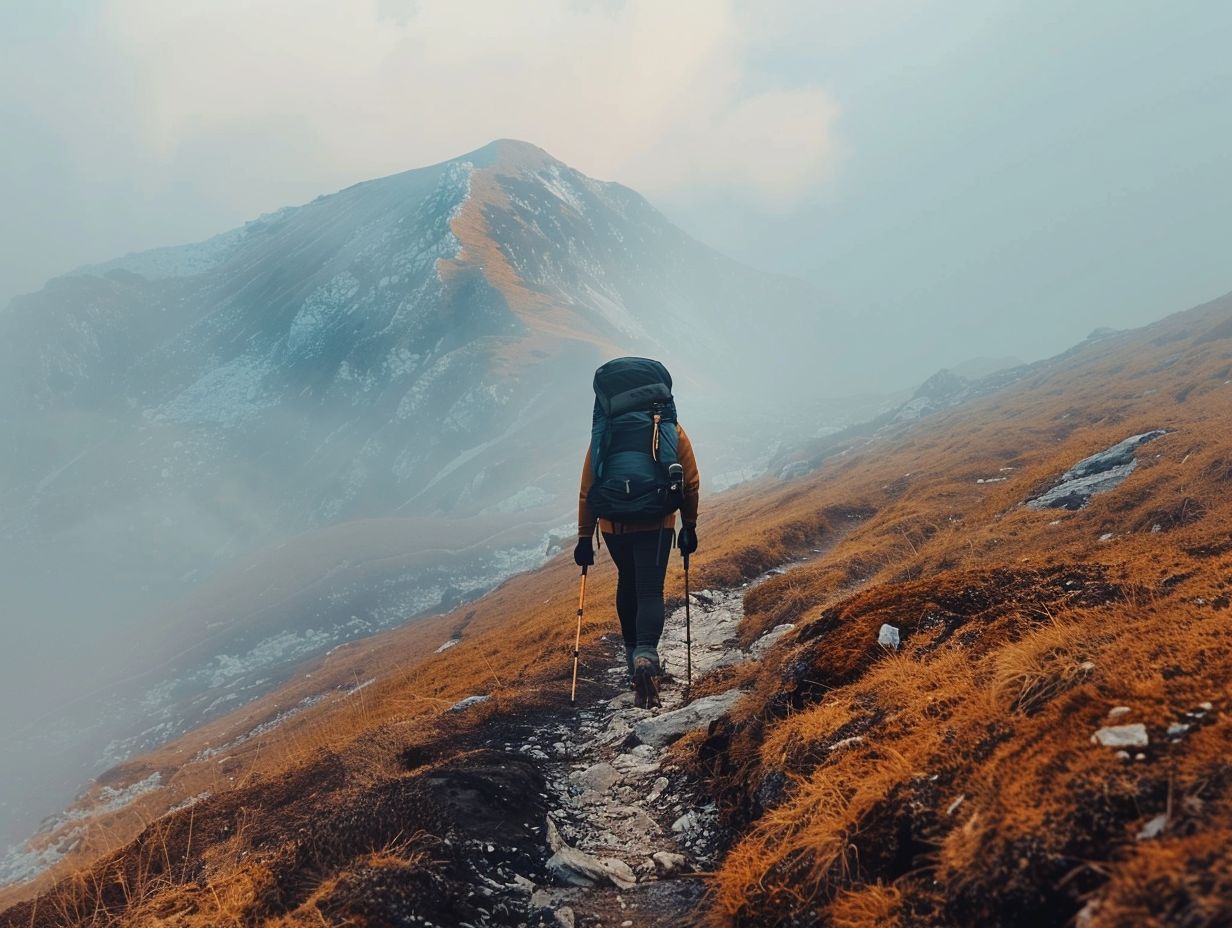
The weight limit for climbing Kilimanjaro is a crucial factor that impacts both climbers and porters during this challenging expedition. Understanding and adhering to the weight restrictions is essential for a successful and safe climb.
Carrying excess weight can strain the physical abilities of climbers, leading to fatigue and decreased performance at high altitudes. Similarly, exceeding weight limits puts added stress on porters, risking their well-being and ability to provide necessary support to the expedition.
By adhering to the designated weight limits, climbers ensure that they have adequate resources, such as food, water, and gear, without compromising safety. This balance is essential for managing the physical demands of the climb and promoting the overall well-being of everyone involved.
What Factors Determine the Weight Limit?
Several factors are taken into consideration when determining the weight limit for climbing Kilimanjaro. These factors include the gear required for the trek, the number of porters available, and the overall safety and well-being of everyone involved in the expedition.
Having the right equipment is crucial for a successful Kilimanjaro climb. From proper hiking boots to warm clothing and essential gear, each item adds to the total weight allowed. The support provided by experienced porters can greatly influence how much weight each climber needs to carry personally.
By sharing the load, climbers can focus more on the experience and less on the burden of heavy backpacks, enhancing the overall journey up the majestic mountain.
What Should I Pack for Climbing Kilimanjaro?
Knowing what to pack for climbing Kilimanjaro is essential to ensure you have the necessary items for a successful and comfortable expedition. From clothing to snacks each item plays a crucial role in your trek up the majestic mountain.
Starting with the clothing, it is imperative to have different layers to adapt to the changing temperatures along the ascent. Proper base layers for moisture-wicking, insulating layers for warmth, and a waterproof outer shell are key components.
Trekking poles provide stability on rugged terrain and lessen strain on your joints, enhancing your endurance. A well-organized day pack ensures easy access to essentials like water, snacks, and sunscreen, maximizing your comfort and staying hydrated.
Packing enough water and energy-boosting snacks replenishes your body’s fuel for the challenging climb.
What Are the Essential Items to Pack?
The essential items to pack for climbing Kilimanjaro include a sturdy backpack to carry your gear, a reliable water bottle for hydration and nutritious snacks to keep your energy levels up throughout the trek.
Ensuring you have a durable backpack is crucial as it will be your constant companion, holding everything from clothing layers to essential equipment. A reliable water bottle is essential for staying hydrated in the high-altitude conditions, helping you prevent altitude sickness and maintain peak performance.
Packing nutritious snacks such as energy bars, nuts, and dried fruits will provide you with a quick boost of energy when needed, keeping you fueled up for the ascent. These snacks can fit easily in your pack and offer convenient sustenance during breaks on the trail.
What Are the Recommended Clothing and Gear?
Recommended clothing and gear for climbing Kilimanjaro encompass essential items such as rain gear for unpredictable weather, a headlamp for visibility during night treks, a duffel bag for porters to carry extra items, and sturdy hiking boots for traction and support.
Not only does proper rain gear shield climbers from sudden downpours and harsh winds, but it also helps maintain body temperature in changing climates.
The headlamp becomes a vital tool when navigating the dark trails after sunset, preventing accidents and ensuring safe movement during night treks.
A trusty duffel bag acts as a versatile storage solution, allowing climbers to access necessities quickly without burdening themselves.
Durable hiking boots are fundamental in providing stability, preventing slips, and safeguarding ankles from strain and injuries on rugged terrains.
What Items Should I Leave Behind?
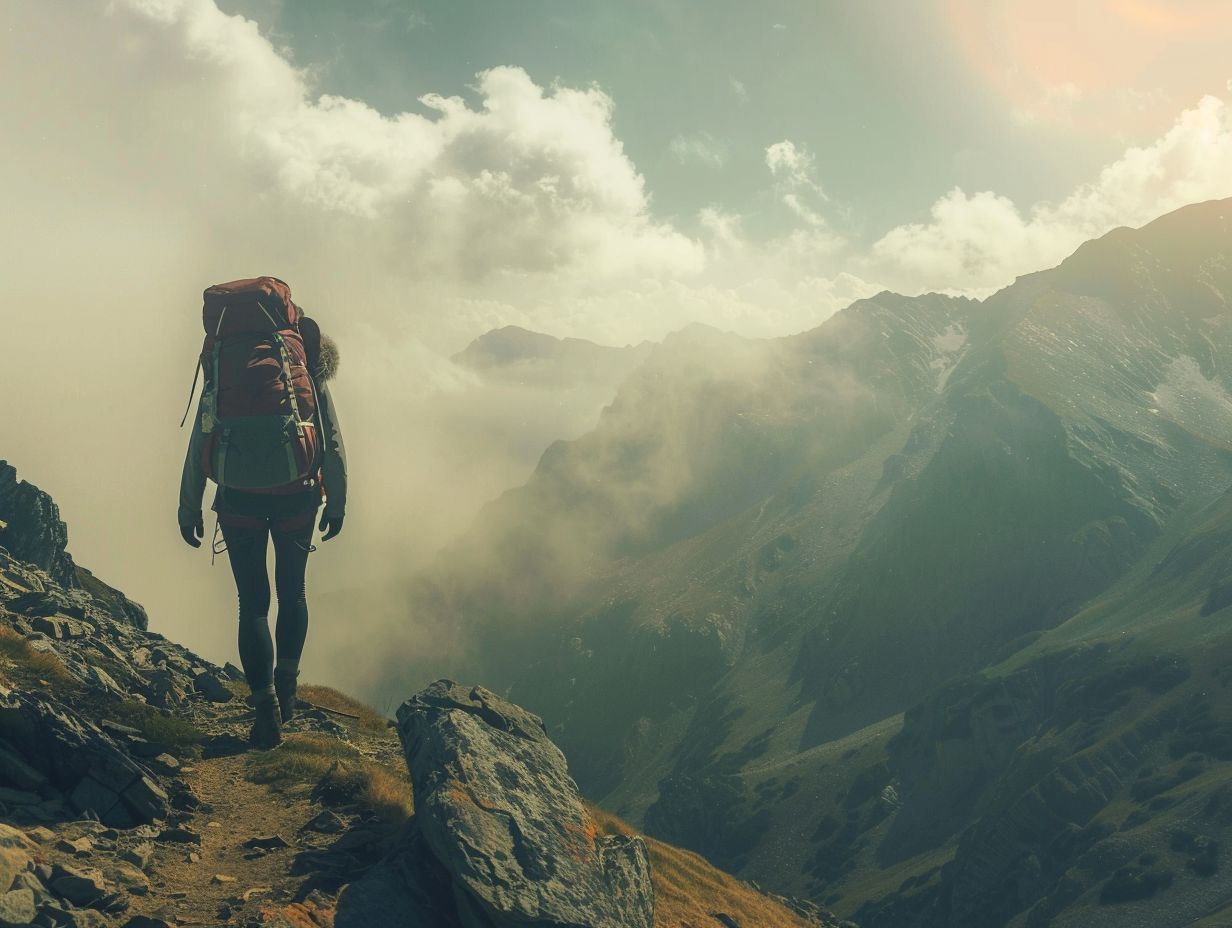
Deciding what items to leave behind when climbing Kilimanjaro can be challenging but crucial for managing your pack weight effectively. Understanding the items that are unnecessary or redundant can help streamline your gear for a more comfortable trek.
When preparing for the climb, consider the essentials such as proper clothing, sleeping gear and nutrition. Avoid packing duplicates or excessive amounts of clothing, opt for multipurpose items to reduce bulk.
Evaluating the necessity of each item by its functionality and weight can significantly impact how heavy your pack becomes during the ascent. Remember, a lighter pack can enhance your endurance and overall enjoyment of the journey, making the experience more memorable and manageable.
How Much Weight Do You Carry on Kilimanjaro?
Understanding the weight you carry on Kilimanjaro is crucial for both personal comfort and respecting the weight limit regulations. Balancing the necessary gear and provisions while considering porter support is key to a successful climb.
Carrying appropriate weight not only lightens the physical strain on your body but also allows you to fully immerse yourself in the breathtaking scenery and unique challenges that Kilimanjaro presents.
By striking a balance between essential equipment, adequate food supplies and clothing for varied weather conditions, you ensure your climb is not hindered by unnecessary burdens. Distributing the load effectively among porters, who are experienced in handling such treks, can optimize your energy levels and contribute to a smoother ascent.
What Is the Recommended Weight Limit for Porters?
Porters on Kilimanjaro have a recommended weight limit that ensures their safety and well-being during the climb.
Exceeding these weight restrictions can lead to serious health risks for the porters, such as fatigue, strains and injuries, jeopardizing not only their physical health but also the success of the expedition.
Strict adherence to these weight limits also reflects a commitment to ethical climbing practices by promoting fairness and respect for the hard work and dedication of the porters, who play a vital role in the trek.
What Are the Consequences of Overpacking?
Overpacking for a Kilimanjaro climb can lead to various consequences, including physical strain, slower progress and increased fatigue. Understanding the repercussions of carrying excess weight is essential for optimizing your climbing experience.
Carrying unnecessary items can not only exhaust you physically but also hinder your agility, making it challenging to navigate through the rough terrain. The added weight puts extra strain on your muscles, joints and stamina, which can lead to injuries and a higher risk of altitude sickness.
This can significantly impact your ability to reach the summit and enjoy the breathtaking views of Kilimanjaro.
To avoid these detrimental effects, it’s crucial to pack smartly and efficiently. A careful selection of essential gear is paramount for a successful climb, ensuring you have what you need without excess. Create a detailed packing list, prioritizing lightweight and multi-functional items to help reduce the overall load on your back.
How to Reduce the Weight You Carry on Kilimanjaro?
Reducing the weight you carry on Kilimanjaro is essential for optimizing your climbing experience and ensuring personal comfort.
Implementing practical strategies to lighten your pack without compromising essential items can lead to a more enjoyable trek. One effective tip is to prioritize multi-purpose items, like a versatile jacket that can serve both as a windbreaker and a light insulation layer.
Minimizing duplicate gear by carefully evaluating your necessities can significantly reduce the overall weight. Opting for lightweight alternatives, such as a portable water filtration system instead of bulky bottled water, can further decrease the load on your back.
Remember, a lighter pack not only enhances your climbing performance but also reduces strain on your body during the expedition.
What Are Some Tips for Packing Light?
Packing light for a Kilimanjaro expedition requires careful consideration and strategic planning. By following key tips such as opting for versatile gear, limiting unnecessary items, and prioritizing essentials, you can effectively reduce the weight of your pack.
When choosing gear, focus on multi-purpose items that serve multiple functions – for example, a 2-in-1 jacket that offers both insulation and rain protection. Lightweight materials such as merino wool or synthetic fibers can help cut down on bulk without compromising performance.
Think about the climate and terrain you’ll encounter to pack accordingly. Layering can be a lifesaver on Kilimanjaro, allowing you to adjust to changing temperatures by adding or removing clothing as needed. Organization is key, use packing cubes or dry bags to keep your belongings compact and easily accessible.
What Are Some Alternatives to Carrying Items?
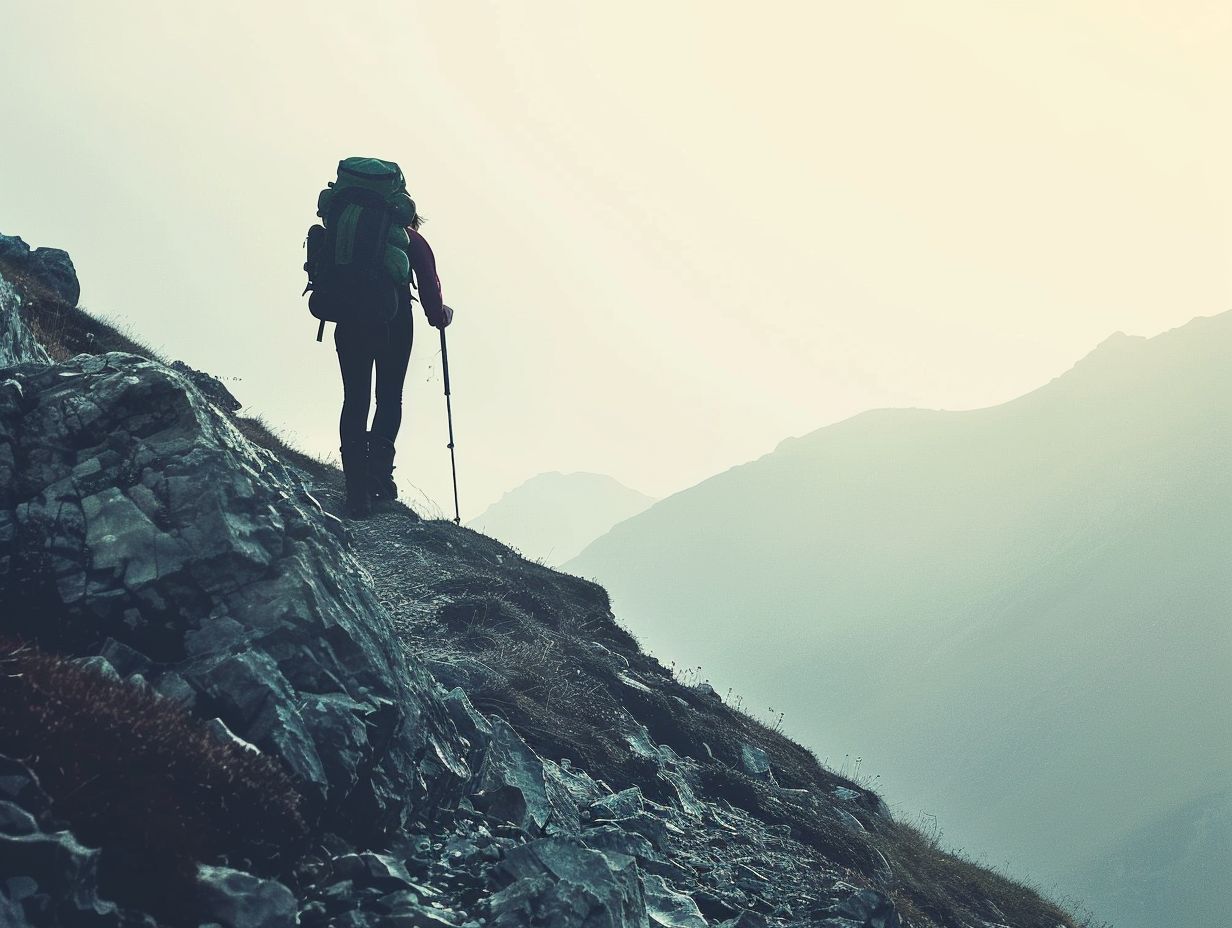
Exploring alternatives to carrying items on Kilimanjaro can help distribute weight effectively and enhance the climbing experience. Utilizing porter services, sharing gear with fellow climbers or utilizing lightweight equipment are viable options to manage pack weight.
Porters can assist in transporting your heavy gear, leaving you free to focus on the trek itself. Sharing communal gear like tents or cooking equipment among the group not only reduces individual loads but also fosters a sense of camaraderie.
Lightweight solutions such as compact sleeping bags or collapsible water bottles can significantly reduce the strain of carrying essentials. These approaches not only simplify your packing process but can also enhance your overall Kilimanjaro trekking conditions.
What Is the Impact of Weight on Your Kilimanjaro Experience?
The weight you carry on Kilimanjaro significantly influences your overall climbing experience, affecting your physical capabilities, endurance, and enjoyment of the expedition. Understanding the impact of weight is essential for preparing adequately and optimizing your trek.
Carrying excess weight can slow you down, making each step more challenging as the altitude increases. The strain of lugging heavy gear can affect your balance and coordination, increasing the risk of injuries.
Mentally, the burden of excessive weight can be demotivating, sapping your energy and enthusiasm for the climb. Keeping your pack light and prioritizing essential items can make the journey more comfortable and enjoyable.
What Are the Physical Challenges of Carrying Weight?
Carrying weight on Kilimanjaro presents various physical challenges, including muscle fatigue, reduced agility and increased strain on joints. Overcoming these obstacles requires proper training, preparation, and a strategic approach to managing pack weight.
One of the primary issues faced by climbers is the potential for muscle fatigue due to the continuous strain placed on the body while trekking with added weight.
This can significantly impair one’s ability to maintain a consistent pace and may lead to decreased endurance over time, affecting the overall climb experience.
In addition, the extra load can compromise your mobility and balance, impacting your ability to navigate terrain efficiently, especially in challenging conditions.
To prevent injuries from occurring, it’s crucial for climbers to focus on strengthening key muscle groups, such as the core and leg muscles, prior to the expedition.
How Does Weight Affect Your Overall Enjoyment?
The weight you carry on Kilimanjaro can significantly impact your overall enjoyment of the climb, influencing your comfort, energy levels, and ability to appreciate the natural surroundings. Managing weight effectively plays a crucial role in enhancing your trekking experience.
Carrying excessive weight can lead to fatigue, making each step feel heavier and more exhausting, diminishing the joy of the journey. Remember, your psychological mindset also plays a vital role; a lighter pack can contribute to a more positive outlook and boost your morale.
Maintaining a manageable pack weight allows you to move more freely, fostering a deeper connection with the environment around you. With less encumbrance, you can immerse yourself in the beauty of Kilimanjaro, appreciating its sights, sounds, and serenity.
Conclusion: Finding the Right Balance
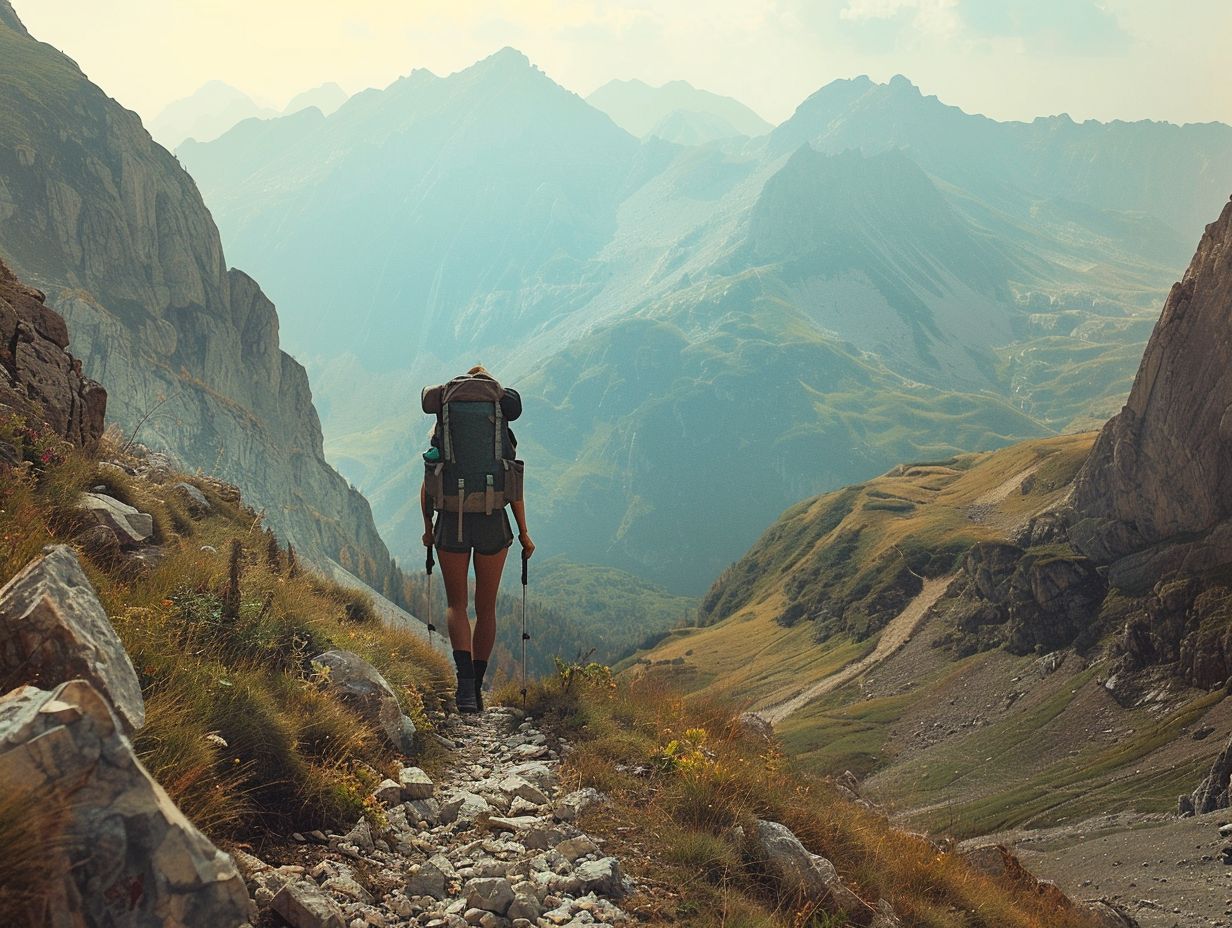
Finding the right balance in managing the weight you carry on Kilimanjaro is key to a successful and enjoyable climbing experience. By prioritizing essential items, optimizing pack weight, and considering alternative approaches, climbers can enhance their trek and make lasting memories.
One of the essential aspects to keep in mind is the significance of thoughtful preparation before embarking on the climb. This includes researching the terrain, understanding the weather conditions, and knowing the physical demands of the trek.
Climbers must focus on safety measures without compromising on comfort. Optimizing pack weight not only lightens the physical burden but also adds to the overall safety of the journey.
Efficient packing strategies, such as distributing weight evenly and packing multipurpose items, can greatly contribute to a smoother climb.
Frequently Asked Questions
How much weight do you carry on Kilimanjaro?
The weight you carry on Kilimanjaro will depend on the type of climb you are undertaking and the level of support you have. If you are hiking with a guide and porter, you may only need to carry a daypack with essentials such as water and snacks.
However, if you are climbing independently, you will need to carry all your gear and supplies, which can range from 25-50 pounds.
What items should I pack for Kilimanjaro?
When packing for Kilimanjaro, it is important to consider the weight and bulkiness of each item. Essentials such as warm layers, a sleeping bag, and sturdy hiking boots are a must. However, it is also important to pack light and only bring what you truly need to avoid carrying unnecessary weight.
Do I need to carry my own gear on Kilimanjaro?
If you are hiking with a guide and porter, they will carry the majority of your gear, leaving you with only a daypack to carry. However, if you are undertaking an independent climb, you will need to carry all your gear and supplies yourself. It is important to pack wisely and only bring what you can comfortably carry.
How does altitude affect the weight I carry on Kilimanjaro?
Altitude can have a significant impact on the weight you carry on Kilimanjaro. As you ascend, the air becomes thinner, making it harder to breathe and increasing your physical exertion. It is important to pack light and conserve energy at high altitudes, as carrying heavy loads can increase the risk of altitude sickness.
Is there a weight limit for Kilimanjaro climbs?
There is no official weight limit for Kilimanjaro climbs, but it is recommended to carry no more than 25-30% of your body weight to avoid strain and injury. If you are hiking with a guide and porter, they will help distribute the weight evenly among the group, but it is still important to pack wisely and avoid carrying unnecessary items.
What happens if I am unable to carry my own weight on Kilimanjaro?
If you are unable to carry your own weight on Kilimanjaro, your guide and porter will assist you. They are experienced in carrying heavy loads and can help distribute the weight among the group. However, it is important to inform your guide and porter beforehand if you think you may have difficulty carrying your own weight.